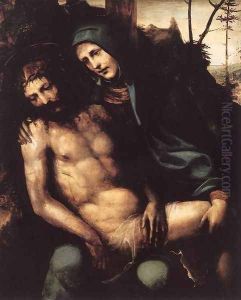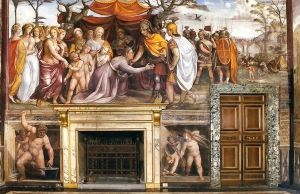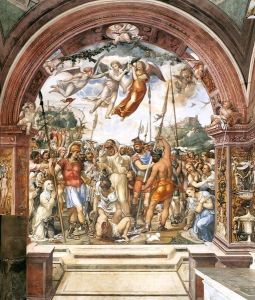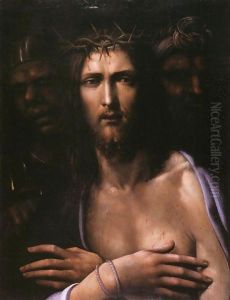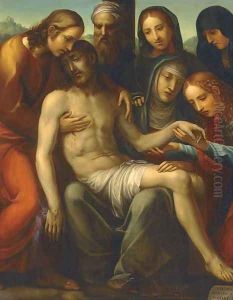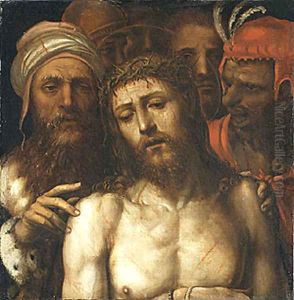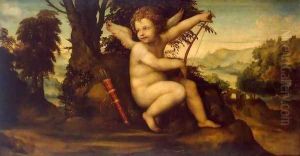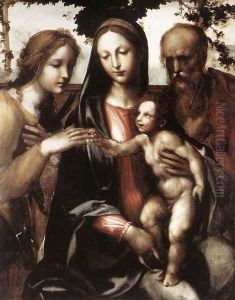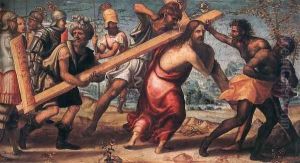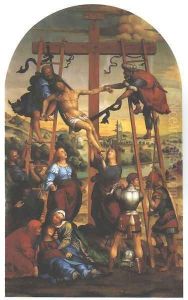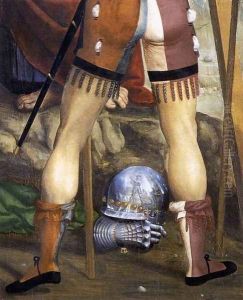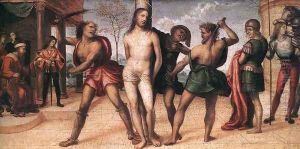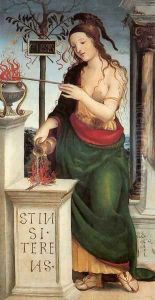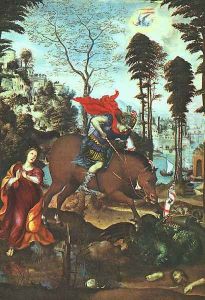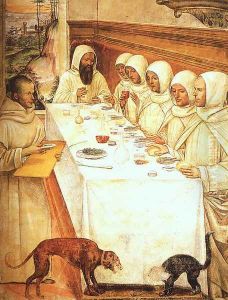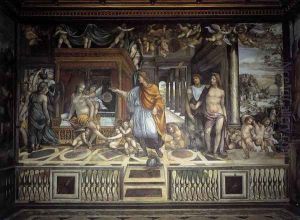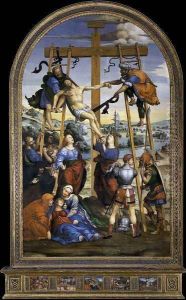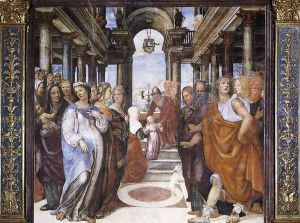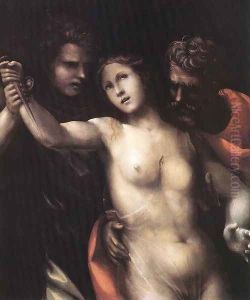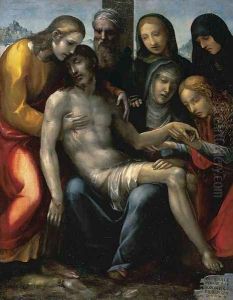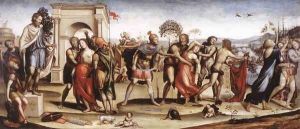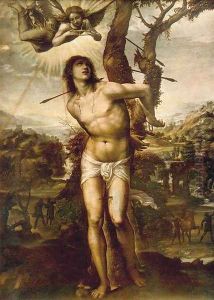Il Sodoma (Giovanni Antonio Bazzi) Paintings
Giovanni Antonio Bazzi, better known as Il Sodoma, was an Italian painter of the High Renaissance, notable for his vivid use of color and often sensual and elaborate depictions of religious and mythological scenes. Born in Vercelli, Piedmont, in 1477, Sodoma initially trained there, but little is known about his early life and training. By 1501, he had moved to Siena, where he began to establish himself as a painter.
Sodoma's work was influenced by Leonardo da Vinci, whom he may have encountered in Milan. His early pieces already displayed the characteristics that would define his style: a penchant for chiaroscuro, a soft modeling of forms, and an emotional expressiveness. He was also influenced by the works of Raphael and Michelangelo, which is evident in his frescoes and altarpieces.
One of Sodoma's most significant accomplishments was the fresco cycle he completed for the Benedictine monastery of Monte Oliveto Maggiore, near Siena, between 1505 and 1508. These works depicted the life of St. Benedict with an innovative narrative flair and dramatic use of perspective. He also painted frescoes in the Villa Chigi, near Siena, and worked in the Sistine Chapel in Rome, where he was overshadowed by the presence of Michelangelo and Raphael, but none of his work there has survived.
After his time in Rome, Sodoma returned to Siena, where he continued to work prolifically. His later works included a series of frescoes for the Oratory of San Bernardino and the decoration of the Chapel of St. Catherine in San Domenico, Siena. The artist's work became more mannered and expressive over time, often characterized by elongated figures and a distinctive use of color that set him apart from his contemporaries.
Il Sodoma's personal life was colorful and controversial. The nickname 'Sodoma' was a play on his surname and may have been an allusion to his rumored homosexuality, which was referenced by contemporaries such as Giorgio Vasari in his biographies of artists. Despite his lifestyle, which at times drew criticism, Sodoma was a prolific artist whose works were in demand throughout his career. He died in Siena in 1549, leaving behind a legacy as one of the more idiosyncratic and imaginative artists of the Italian Renaissance.
